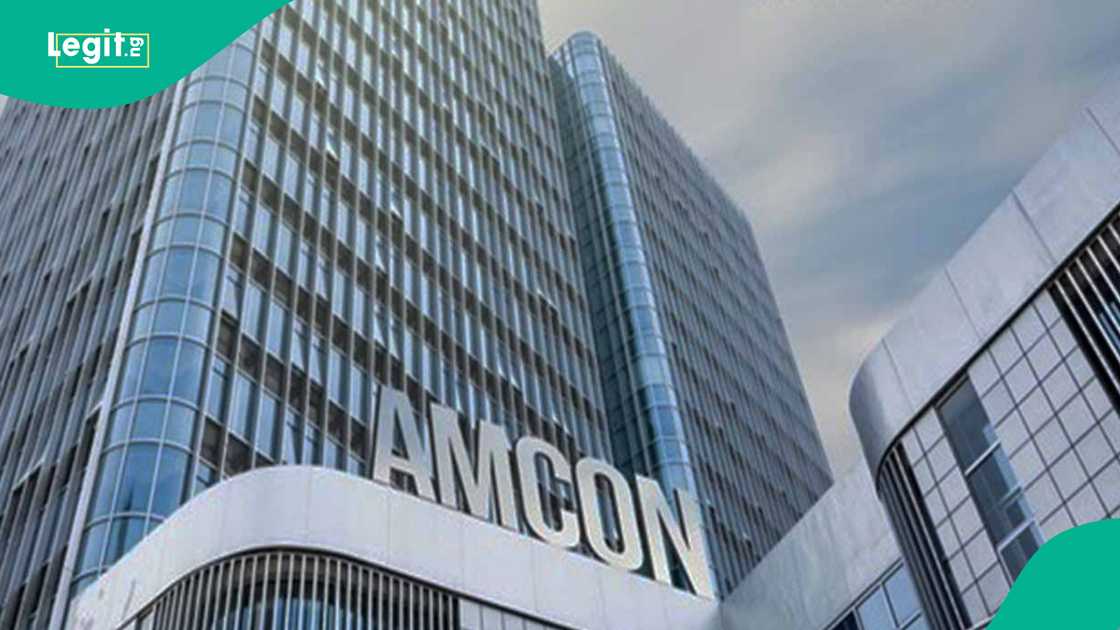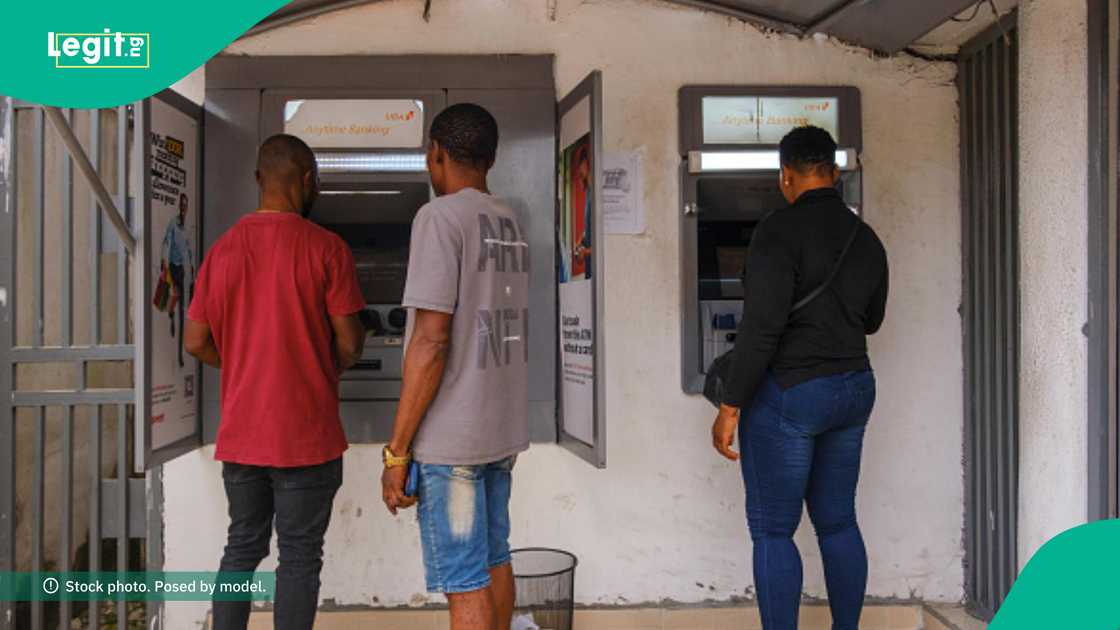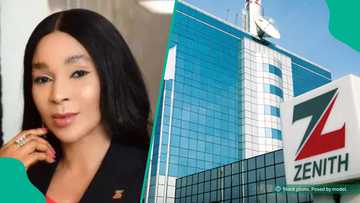Stakeholders Worried As First Bank, Zenith, 8 Others Spend N377 Billion On NDIC, AMCON levy in Q1
- In the early 2000s, the federal government established AMCON to serve as a resolution mechanism for non-performing loans
- This became necessary after many Nigerian banks ended up in dire straits due to the number of bad loans
- However, stakeholders have now revealed that AMCON is just taking from the banks without giving any value back
Ruth Okwumbu-Imafidon, a journalist with Legit.ng, has over a decade of experience in business reporting across digital and mainstream media.
Stakeholders have raised alarm over the spike in charges that Nigerian banks pay to the Asset Management Corporation of Nigeria (AMCON) and the Nigerian Deposit Insurance Corporation (NDIC).
An analysis of Q1 2025 unaudited results filed on the Nigerian Exchange Limited (NGX) shows that, for the first three months of 2025, 10 major banks in Nigeria spent over N377.85 billion on such charges.
This is a 34% increase from the N280.67 billion they paid to NDIC and AMCON in the same period in 2024.

Source: Getty Images
The banks paid a total of N283.85 billion as AMCON levy in the quarter, up by 28% from the N221.2 billion paid in Q1 2024.
The Deposit insurance premium paid to NDIC also increased by 58% from N59.5 billion in Q1 2024 to N93.99 billion in 2025.
These 10 banks include the five tier-one banks: First Bank, UBA, Guaranty Trust Bank, Access Bank, and Zenith Bank plc.
Others include FCMB, Fidelity Bank plc, Sterling Bank, Stanbic IBTC, and Wema Bank plc.
These banks declared N1.58 trillion as profit before tax in the quarter, and spent N377.85 billion (representing 24% of their profits) on the NDIC and AMCON levy.
Why are banks paying AMCON levy?
The AMCON Act (2015) mandates Nigerian banks to pay a fee known as the banking sector resolution cost every year.
This fee usually represents 0.5% of the bank’s total assets and off-balance sheet assets in that year.
This was done to create a buffer for the financial services sector, since they deal with public funds, which must be protected in the event of a bank failure or liquidation.
For Q1 2025, Zenith Bank paid the highest AMCON levy of N71.92 billion, up by 56% from the N46.22 billion paid in 2024. This means that Zenith Bank, with a total of N32.4 trillion as of March 2025, is currently the Nigerian bank with the largest assets.
AMCON is particularly required to resolve non-performing loans in the banking sector, and the levies paid by the banks go into a sinking fund, alongside other contributions from the Central Bank of Nigeria (CBN), and the proceeds from the sale of pledged assets.
Why banks pay insurance premiums to NDIC
The same applies to the deposit insurance premium that the banks are required to pay to the NDIC every year.
This ensures that in the event of a bank failure, the NDIC guarantees payment of all deposits up to N5 million.
This means that banks that have higher customer deposits pay a higher insurance premium to the NDIC every year. For Q1 2025, Access Bank paid the highest Deposit Insurance Premium of N18.24 billion, almost double the N9.7 billion paid in Q1 2024.
This means that Access Bank currently has the highest amount of customer deposits, more than Zenith Bank, which paid N16.68 billion as insurance premium for Q1 2025, This Day reports.
Stakeholders raise alarm over increasing charges
The AMCON Act increased the levy paid by the banks from 0.3% of contingent liabilities to 0.5% of total assets.
This is in addition to the authority given to the body to pursue and recover unpaid debts.
However, stakeholders have recently pointed out that these unending payments do not seem to be doing much for the banks.
Mr. Tajudeen Olayinka, an investment banker and stockbroker, said:
“The fact that AMCON continues to place yearly levies on banks in the country, in an endless manner, is an indication that AMCON is unable to pay its debts, and that its birth as a failure resolution option was unnecessary or absolutely misplaced at the time it was conceived.”
He noted that while it was necessary to have a robust resolution option in place for failed banks, it could have been achieved without the AMCON arrangement.

Read also
SEC orders transfer of over N79 billion unclaimed dividends to designated account under DMO

Source: Getty Images
The President of the Pragmatic Shareholders Association, Mrs. Bisi Bakare, also added her voice, saying that AMCON is no longer serving its purpose.
“Even those debts that AMCON has taken over, what has been the level of recovery? Their continued stay is more like a waste conduit pipe that has consequences on shareholders’ fund in Nigeria’s banking sector.”
AMCON to recover over N5 trillion debts
In related news, Legit.ng reported that AMCON has over 2,000 cases in court as it moves to recover over N5 trillion debts.
Already, over N2.1 trillion has been recovered from some of the debtors that AMCON took over from the banks.
Also included in the list of debtors is Arik Air, with a debt of over N227.5 billion owed for over five years.
Proofreading by James Ojo, copy editor at Legit.ng.
Source: Legit.ng





